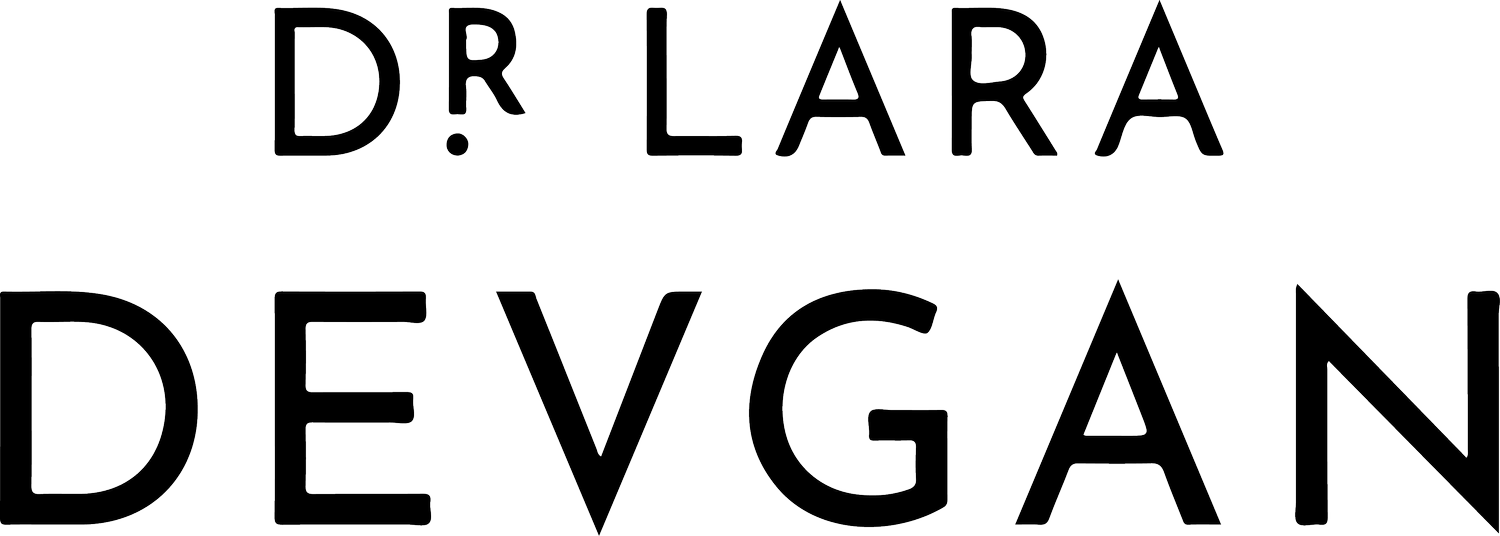Chin Augmentation
Beautiful, natural results.
A well-proportioned chin subtly augments facial balance and brings your proportions into a more pleasing, attractive configuration. Chin augmentation can be performed with the insertion of a chin implant (implant mentoplasty) or with a technique that involves moving the bone of the chin forward (osseous genioplasty). In my New York City practice, chin implants are the more popular of these two procedures because they involve less operative time and a faster recovery.
What is the anatomic problem?
Cephalometric diagram of ideal facial proportions in profile.
For men, harmony of the lower third of the face requires that the chin be positioned in line with the forehead and philtrum (area between the nose and upper lip). In women, aesthetic proportions allow the chin to be just behind this imaginary line. Your plastic surgeon will determine whether you have a weak or receding chin by examining your upper jaw (maxilla), lower jaw (mandible), and the way your teeth meet together (dental occlusion).
Using medical photographs and celphalometric tracings (like the diagram above), your surgeon will assess the extent to which your chin requires augmentation. If your chin is weak (micrognathic or retrognathic), it can make your nose appear larger, your neck appear chubbier, and your whole face as a whole appear less refined.
Ideal male profile proportions.
Ideal female profile proportions.
What are chin implants made out of?
The most widely accepted chin implants are composed of solid silicone. The rubbery, pliable texture of the silicone is firm yet feels appropriately soft when surgically placed in front of the chin projection. The substance is inert and non-reactive with your body.
What is the scar like?
The incision for chin implants can either be inside the mouth or on the underside of the chin. With an intraoral incision, there is no visible scar at all. With the extraoral incision, the scar is well-hidden in the labiomental crease and is not visible from any normal conversational positions or distances.
What ARE THE TECHNICAL ASPECTS OF THE SURGERY?
The surgery itself takes about 45-60 minutes. It is done with IV sedation (twilight anesthesia) and local numbing medicine, supervised by a board-certified anesthesiologist. Through a small incision either under your chin or inside your mouth, I will surgically dissect down to the mental bone, elevate the mentalis muscle, and securely place the chin implant. I will take care to avoid injury to the sensory nerves in this vicinity and close the wound with scar-minimizing techniques.
How long is the recovery?
You will be able to go home the same day as your surgery. The night of surgery I advise patients to avoid hot or tough foods (like steaming hot soup or well-done steak). You will use antibacterial mouthwash two to three times a day if you have an intraoral incision, or antibiotic ointment if you have an extraoral incision. Most people feel well enough to return to work at 2-3 days and full activities by 1 week. I will advise you of the limitations for your particular case.
What is the next step?
Patient satisfaction with chin augmentation is high, particularly when it is combined with a related procedure, such as rhinoplasty or submental (neck) microliposculpture. For questions about the procedure, or to set up an in-person consultation, please call my office at (212) 452-2400 or email info@LaraDevganMD.com.
Actual patient of Dr. Devgan, before and after chin augmentation, necklift, and submental (neck) liposuction.
Actual patient of Dr. Devgan, before and after chin augmentation, necklift, and submental (neck) liposuction.
Actual patient of Dr. Devgan, before and after chin augmentation, submental (neck liposuction), and rhinoplasty.
Actual patient of Dr. Devgan, before and after chin augmentation, submental (neck liposuction), and rhinoplasty.









